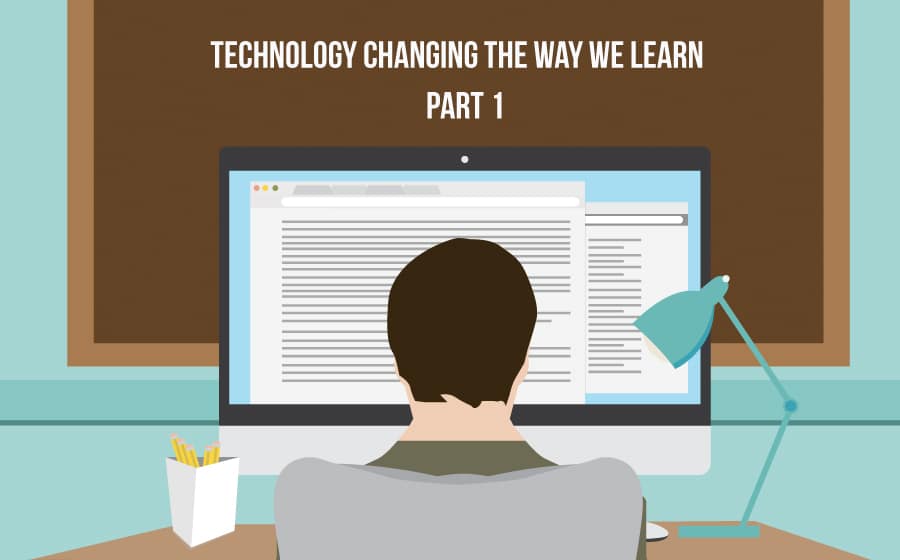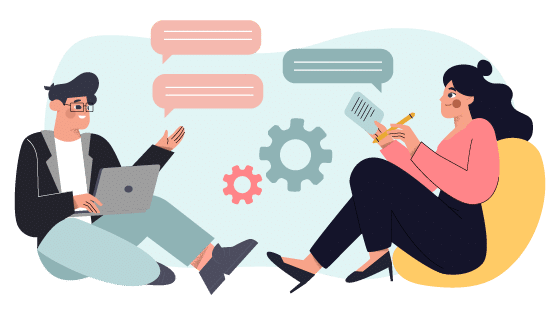It’s a topic that has been discussed and debated at nauseam in tech and eLearning circles: how the human brain is changing to adapt to the availability and convenience of tech and daily life. Sometimes it seems as though tech is presented as a necessary malefactor, with human nature blithely following without a thought.
But the balance between the brain and technology isn’t that easy to define. While humans adapt to available technology, to be sure, tech companies know that in order for that to happen, devices, software, apps, and user experience must first adapt to human nature. It’s a lesson for eLearning applications as well: Adapting user experience to human nature and personal preferences, and you could be in possession of a total game-changer.
Human Speed
As humans, we don’t like to waste time. It’s a lesson that was learned by virtually every failed search engine before (and after) Google. By creating intelligent algorithms that made search results more personal, more geographically-sensitive, and ultimately more specific, Internet users spent less time search and more time discovering. It’s how Google now controls 69 percent of the global search engine market.
By creating ways for search results to be more defined and accurate, Google adapted its algorithms to the way most people search online. Everything from location services on your phone to past searches contribute to the results you see when you search something as innocuous as “concert tickets.” This is why you continue to use the same search engine time and time again: It’s adapted to you.
Personalized Pathways
Search engines are a great example of how technology adapts to human nature, but it’s not the only way. Can you imagine picking logging into your computer and having to set your preferences every time? Today, we take it for granted that nearly every device we use is calibrated to our personal settings, preferences, and histories, but it wasn’t always like that. The ability to create a wholly personalized experience through technology is, in fact, still being explored and refined by tech manufacturers.
“[Personalization] will be based on billions of objective data points, not crude rules of thumb,” Erik Brynjolfsson, a professor of management at the Massachusetts Institute of Technology told the New York Times. “It will be personalized to individuals under different conditions and times of day, and it will be more flexible.”
Arming users with a more individual experience keeps them both engaged and efficient. They’re more likely to pick up a device that feels like it’s been designed for them, from the content to the advertising, and more likely to continue to engage when media (think music and videos) follows a logical, personalized pathway. Like it or not, technology continues to adapt to the individual user.
Goldfish Engagement
The human attention span is dwindling to something shorter than that of a goldfish. Whether this is the result or the catalyst of tech and media is a hypothetical: The “why” matters much less than the application.
Considering the average Internet user prefers tweets that are less than 100 characters, status updates that are less than 40 characters, and videos that are less than three minute, the wide, wide world of technology has become increasingly condensed to meet users’ shorter attention spans. After all, if you’re long-winded, there’s always someone who is willing to say it in a more concise manner. The Internet is a battleground for user attention span and engagement, and only snappy, topical, and personalized content makes the cut for people that are constantly looking for the next (little) thing.
What does all of this mean for the eLearning sphere? If technology is constantly evolving to adapt to the way humans use and interact with media, the Internet, and each other, should eLearning do the same thing? By taking cues from some of the most successful tech companies, L&D departments can retool their current efforts to adapt to the way employees want to learn–and not the other way around.






